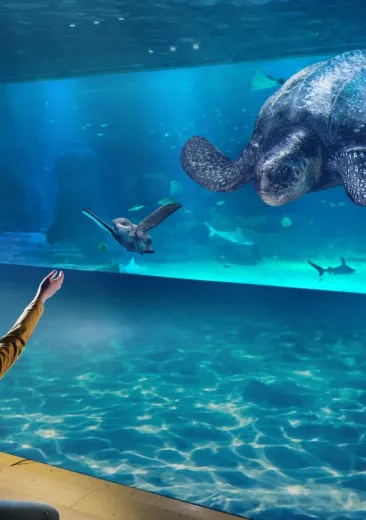In the wild, the turquoise dwarf gecko lives in families on the same plant called a screw pine.
The maximum incubation period for turquoise dwarf gecko eggs is 50 days.

Identity card
Turquoise Dwarf Gecko
- Scientific name:
- Lygodactylus williamsi
- Family:
- Geckonidae
- Class:
- Reptilia
- Phylum:
- Chordata
- Year of description:
- Loveridge, 1952
- IUCN Status:
- Critically Endangered
- CITES-status:
It is one of the most critically endangered species and its international trade is only under certain conditions.
- Distribution:
-
The turquoise dwarf gecko is an endemic species that lives solely in 8 km2 of Kimboza Forest in Tanzania.
- Habitat:
-
It lives in the tropical plant forests , in the foothills of the Ulugura Mountains in eastern Tanzania (East Africa).
- Size:
It measures between 7 and 10 cm.
- Diet:
-
The turquoise dwarf gecko feeds mainly on small insects, nectar from flowers and fruit pulp.







